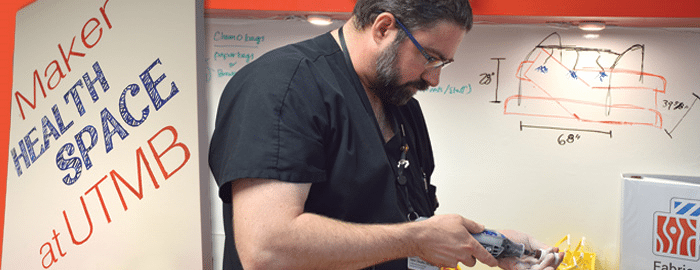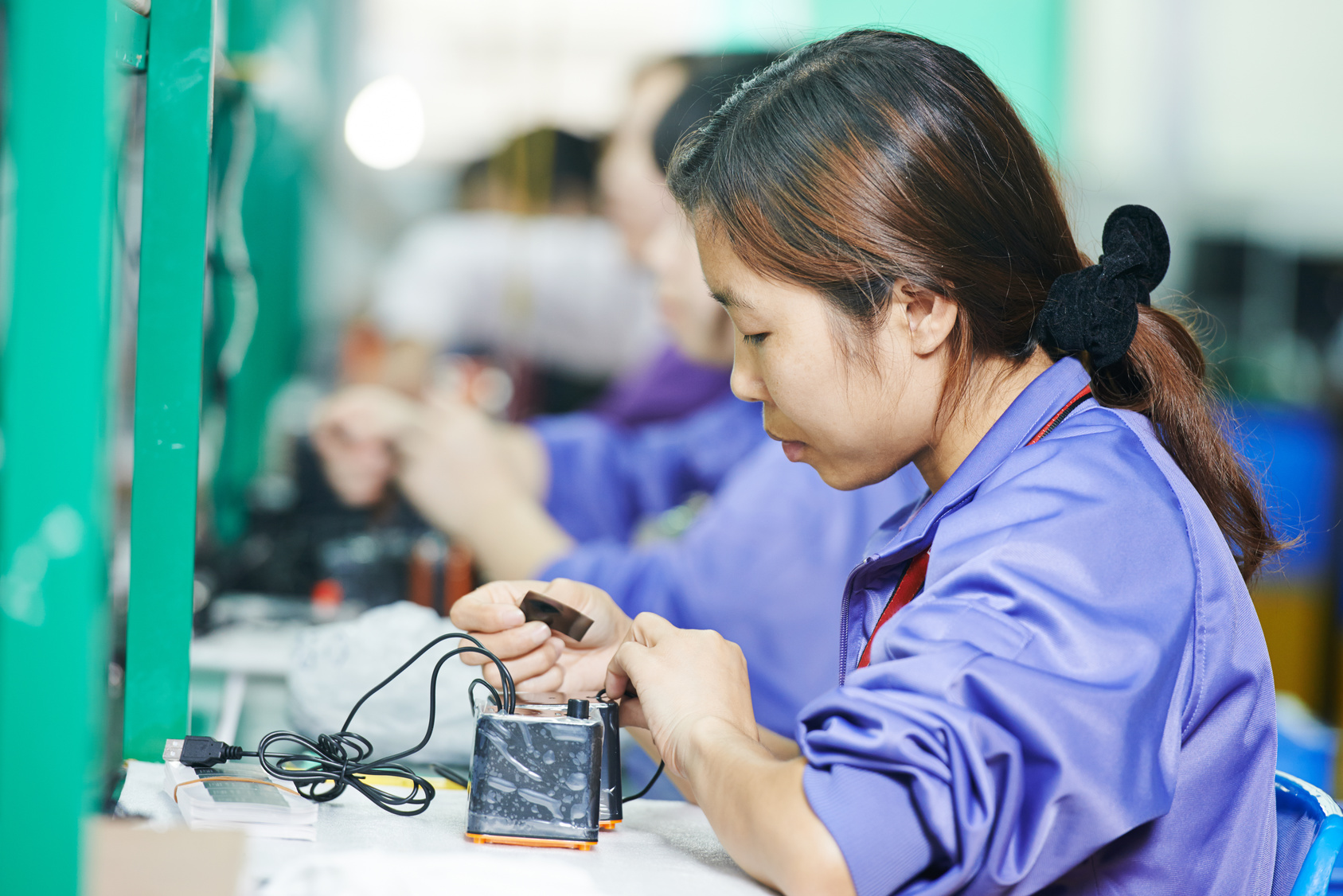I read with a combination of interest, sympathy and a little bit of “not surprised” when it was reported that Coolest, the company that had the second most successful Kickstarter campaign ever, was struggling to meet its promises. In spite of raising over $13 million for its all-in-one picnic cooler, it failed to meet its promised February 2015 ship date. Not only was the company behind, but they were apparently running out of money and selling full-priced units at $499 on Amazon before fulfilling all of the $185 Kickstarter orders. That appears to be backfiring with Amazon reviewers, including Kickstarter supporters, both those who were waiting and those who had taken delivery, panning the product and giving it mostly 1-star ratings.
While Kickstarter seems like a dream come true for hardware companies that need to raise funds, it’s not exactly what it seems. There are lots of misunderstandings, particularly from those who become supporters of a project, and a lot of things that can and often do go wrong.
I was involved in one of the largest campaigns that raised $6.2 million for a hi-resolution music player called Pono. It was hugely successful for several reasons. One, the product idea struck a chord and promised a high performing product at a very reasonable price. More importantly, it was developed by Neil Young, the famous rock star. That created international awareness and brought in a huge number of supporters from eighty countries. The product was delivered within 6 weeks of the promised schedule and its technology successfully delivered the high-resolution sound it promised. But I learned a lot from this campaign.
Because Kickstarter requires that a campaign needs to begin before the product is available, there’s always a risk the promise of delivery cannot be kept. Kickstarter campaigns are often an idea promoted with a slick video and beautiful product renderings, well before the company has completed the engineering, identified a manufacturer, or even staffed up to engineer the product.
The natural optimism of entrepreneurs often leads to promised features, cost targets, and ambitious schedules that may not actually pan out. Product development and manufacturing activities are hard to predict and most companies get something wrong along the way, needing more time or more money. Some fail altogether.
How could Coolest raise $13 million and run out of money? What’s often not understood is a large part of the money raised is generally used for prepayments for product. In the case of Coolest, they had orders for 60,000 coolers. If the coolers cost $150 each, that’s $9 million dollars off the top. Kickstarter and the order processor take another 8%, or about $1 million. So very quickly, before you pay for the development, tooling and manufacturing, you can be underwater.
From my experience in several Kickstarter campaigns, there are other obstacles to deal with as well. Many of the supporters don’t understand the premise of Kickstarter. They are pledging money in exchange for a reward to help a company get off the ground. In return, they may get their reward. But there’s no guarantee and there’s no real recourse if the company fails to deliver. They are neither investors nor making a purchase.
It’s important to keep your supporters informed along the way. Most are understandable about delays or changes, but a few may not be. Companies often find themselves trying to contain supporters that can quickly turn into an angry on-line mob.
If you decide to run a campaign here are some recommendations:
1. Establish a conservative development schedule and lengthen it by 50%. Most projects never go according to plan. Include plenty of time for testing. If you’ve never developed a product, get some advice from someone who has.
2. Carefully determine the promotional product-selling price on Kickstarter, and include a profit. Product costs often rise and you’ll need some cushion. It’s tempting to price your product low to have a greater chance to meet the funding goal, but you’re just creating a problem down the road.
3. Be very forthcoming about the risks, and remind supporters they’re not buying, but pledging. There’s no guarantee they’ll get the product.
4. Kickstarter campaigns are a little like apps. There are so many, you need PR help to create awareness to have a successful outcome. You may want to hire a professional Kickstarter manager to help you run your campaign.
5. Pay particular attention to the shipping. Obtain addresses, phone numbers and email addresses of your supporters, in spite of many pushing back due to privacy concerns. It can be expensive and time-consuming to ship internationally. UPS or Fedex may reject addresses provided by your supporters if they cannot be verified or are incomplete. Many of your supporters will have moved by the time the product ships.
6. Make it clear the supporters may face taxes levied by their country. Many countries assess VAT and other taxes that can double the cost of the product. Some countries also impose import restrictions on certain products and materials. Because these rules can be so complex, you may want to limit countries from where you accept pledges.
7. Once you’ve completed your campaign, budget carefully the amount you have. You’ll probably need more. The fulfillment to your backers is just the beginning. Once the Kickstarter pledgers have received their product, in order to sell to the general public, you’ll need a PR/marketing campaign as well as money to buy parts to make more products. The original Kickstarter money is gone.
If companies keep all these things in mind, Kickstarter can be a godsend for hardware developers. While it provides funding without needing to give up equity, doing a Kickstarter campaign adds to the sweat equity needed and introduces more pressure and risks.





